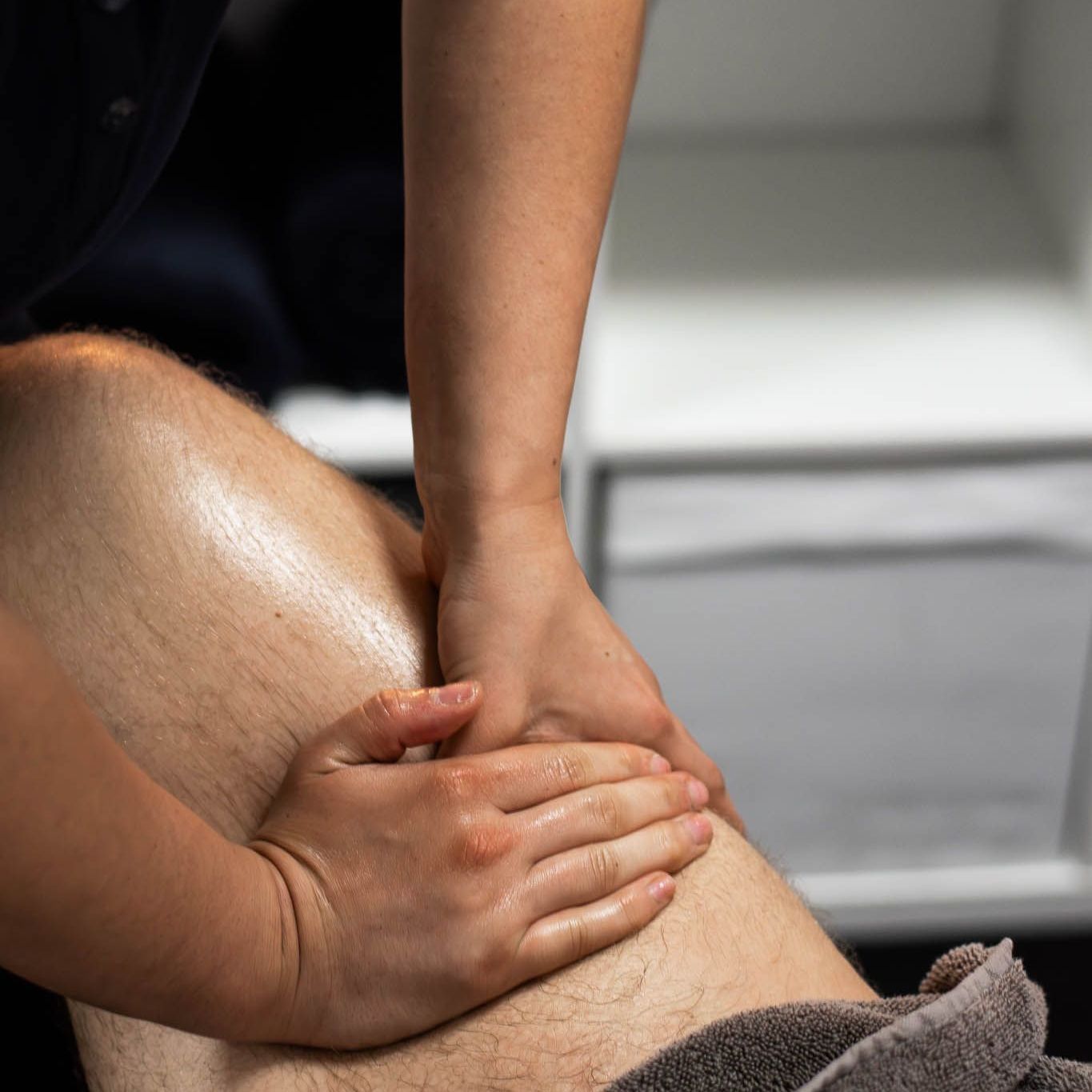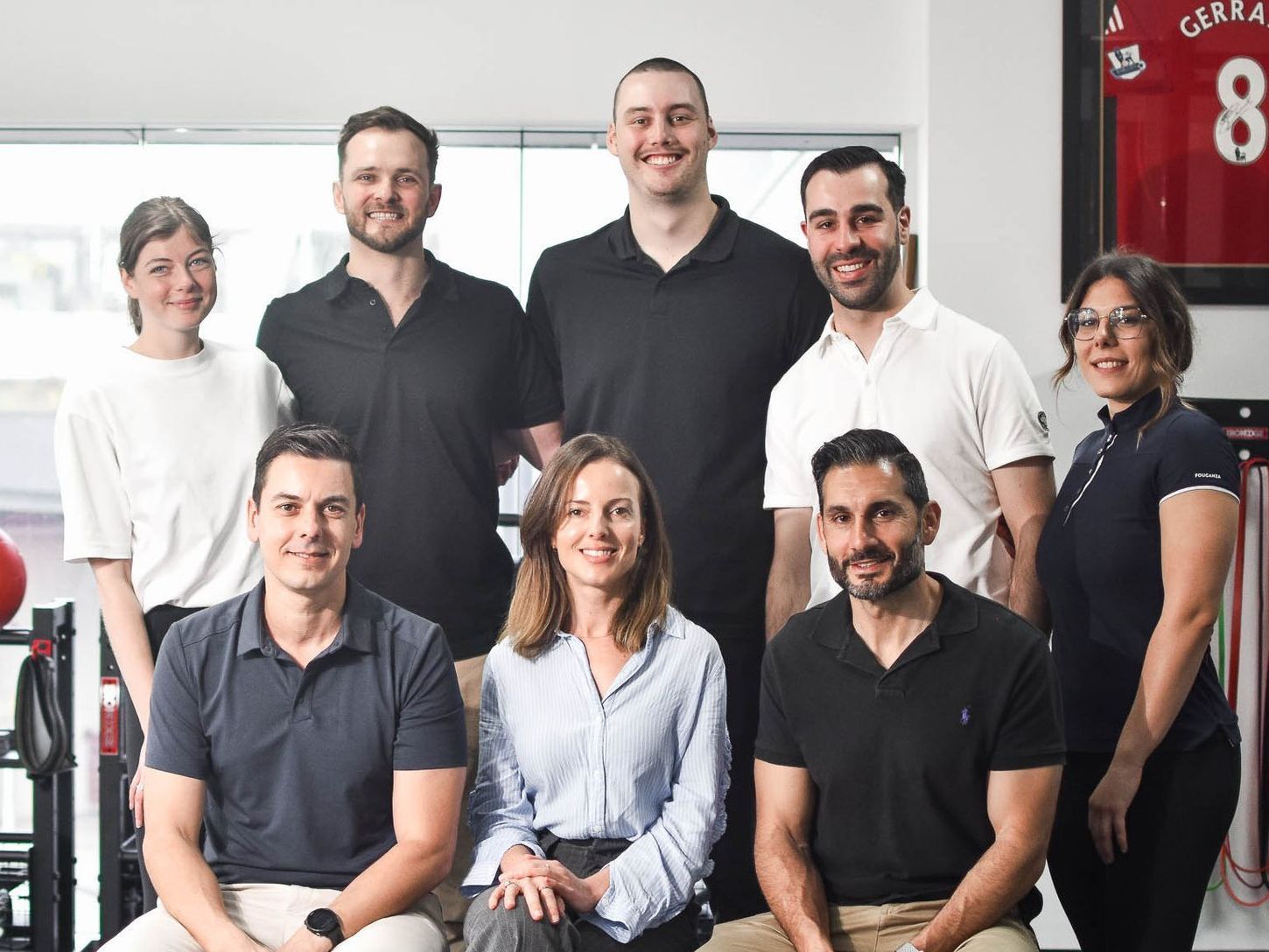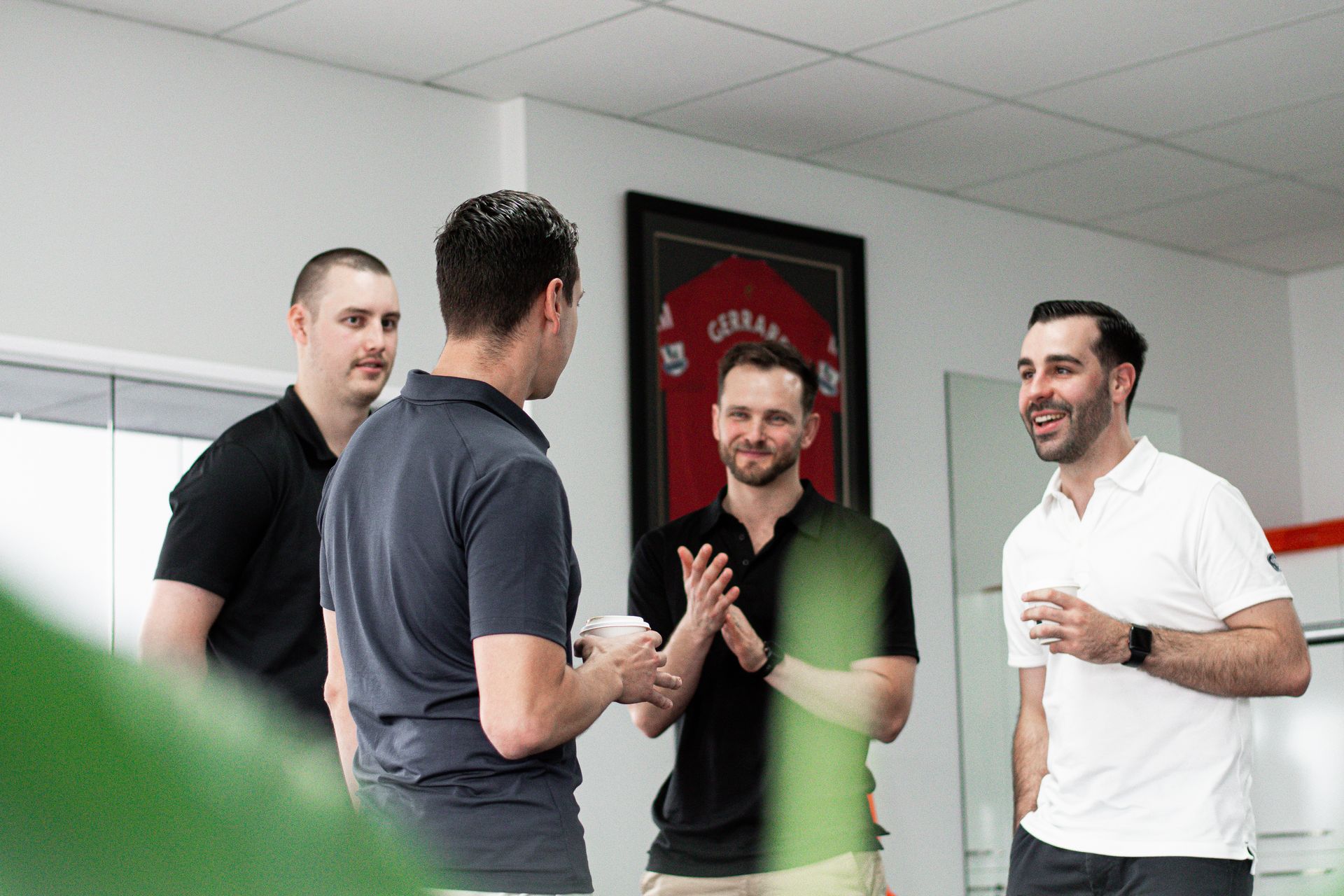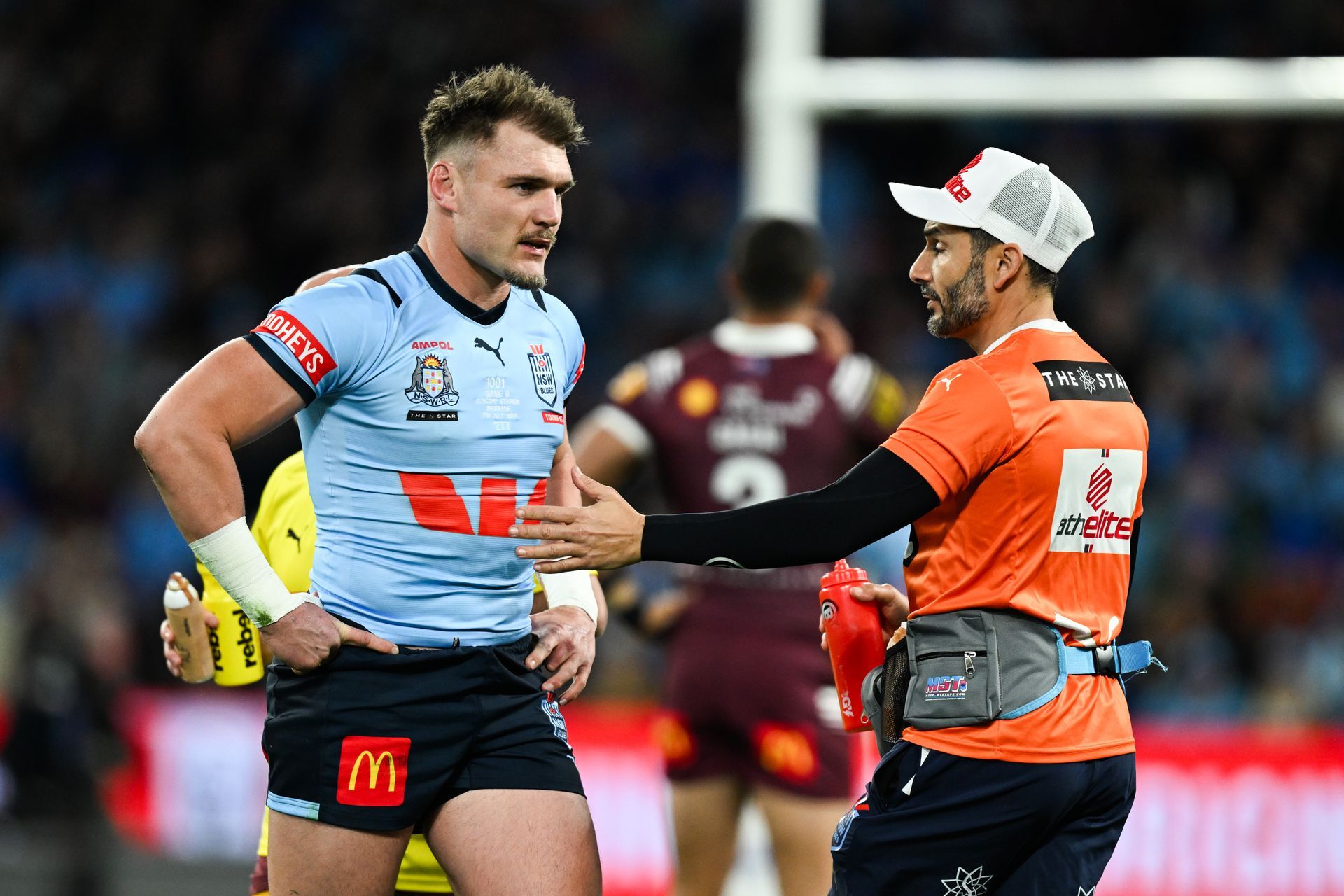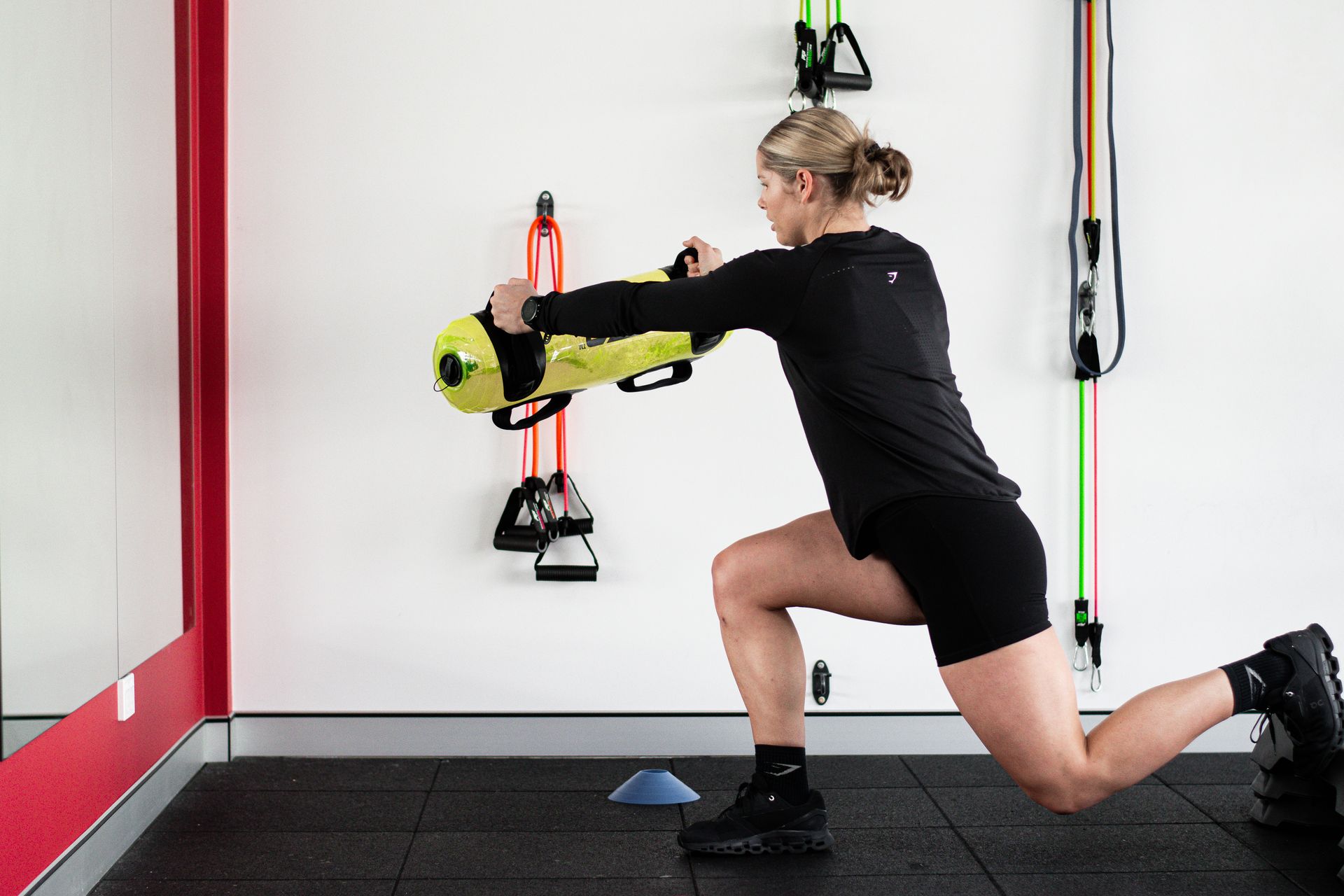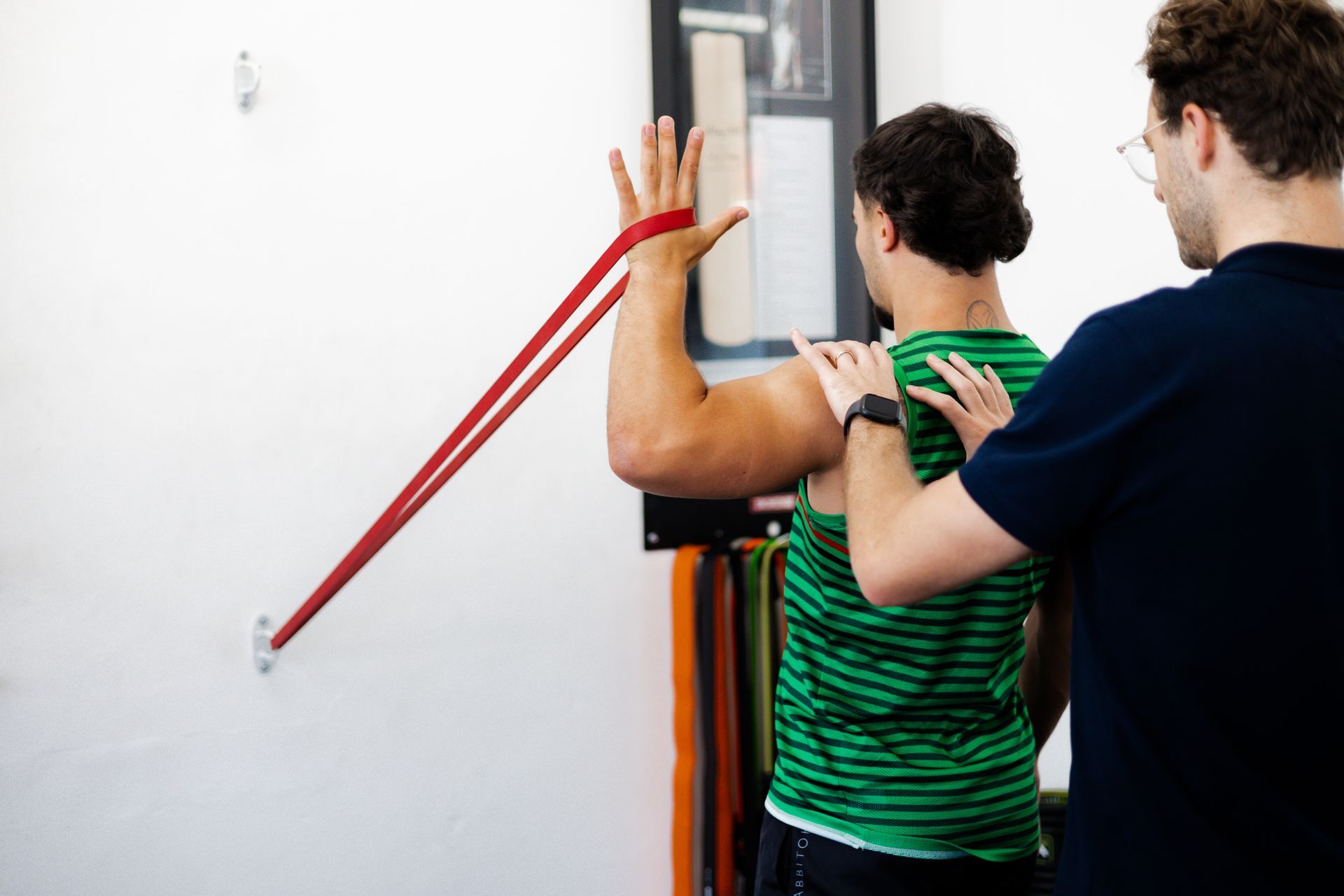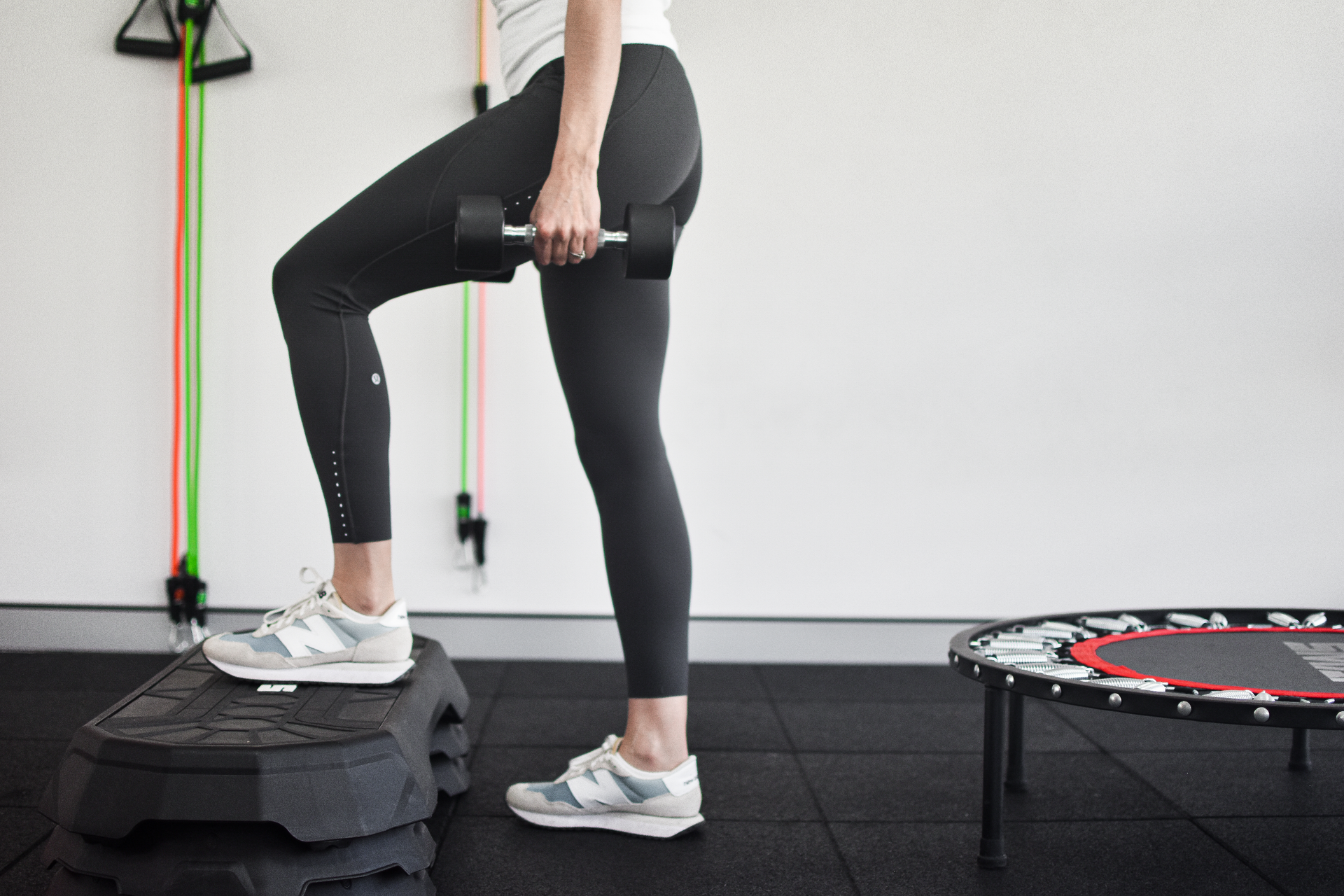Remedial Massage is a powerful tool for maintaining overall well-being, offering benefits that extend far beyond relaxation.
Whether you are an athlete looking to enhance performance, someone managing chronic pain, or simply seeking stress relief, our expert massage therapists in Alexandria provide tailored treatments to suit your needs.
CONNECTIVE TISSUE MASSAGE
Connective Tissue Massage (CTM) is a powerful therapeutic technique that targets the body's deep layers of fascia and connective tissues. This specialised form of massage is particularly beneficial for enhancing overall physical health and well-being.
Key Benefits:
Pain Relief: CTM is effective in alleviating chronic pain and discomfort. By targeting deep tissues, it helps release tension and reduce inflammation, providing relief from conditions like back pain, neck pain, and fibromyalgia.
Improved Mobility: Regular CTM sessions can significantly improve flexibility and range of motion. By breaking down adhesions and scar tissue, it allows for greater movement and reduces the risk of injuries.
Enhanced Circulation: This massage technique promotes better blood flow and oxygen delivery to the tissues. Improved circulation helps in the healing process and supports the body's natural detoxification systems.
Posture Correction: CTM can address postural imbalances by realigning the fascia and connective tissues. This helps in reducing muscular tension and correcting poor posture habits, leading to better alignment and reduced strain on the body.
Stress Reduction: Like other forms of massage, CTM induces a state of deep relaxation. It activates the parasympathetic nervous system, lowering stress levels and promoting a sense of calm and well-being.
Connective Tissue Massage offers a comprehensive approach to pain management, mobility enhancement, and overall health, making it a valuable addition to any wellness routine.
DEEP TISSUE MASSAGE
Deep Tissue Massage (DTM) is an effective technique that focuses on the deeper layers of muscles and connective tissues in the body. This type of massage is especially beneficial for individuals who suffer from chronic pain, muscle tension, and sports-related injuries.
Key Benefits:
Pain Relief: DTM targets the deeper muscle layers and connective tissues, effectively reducing chronic pain, especially in areas such as the lower back, neck, and shoulders. It helps break down scar tissue and adhesions, leading to long-term pain relief.
Increased Flexibility and Mobility: By working on the deep layers of muscles, DTM helps improve flexibility and range of motion. This is particularly beneficial for athletes and individuals with physically demanding jobs, as it reduces the risk of injuries and enhances performance.
Enhanced Circulation: Deep tissue massage stimulates blood flow, which helps deliver oxygen and essential nutrients to muscle tissues. Improved circulation accelerates the healing process and aids in muscle recovery after intense physical activity.
Stress Reduction: While DTM is more intense than other massage techniques, it can also promote relaxation by relieving deep-seated tension and stress. This release of tension helps in reducing both physical and mental stress, promoting a sense of overall well-being.
Posture Improvement: Regular deep tissue massage sessions can correct postural imbalances by releasing tension in the deeper muscle layers. This leads to better alignment and reduces the strain on muscles, preventing chronic issues.
Overall, Deep Tissue Massage is a powerful tool for managing pain, enhancing mobility, and promoting overall health and wellness.
PREGNANCY MASSAGE
Pregnancy and Post-Partum Massage are essential therapies designed to support women through the physical and emotional changes that occur during and after pregnancy. These specialised massages offer numerous benefits for both expecting and new mothers.
Key Benefits:
Pain Relief: Pregnancy massage helps alleviate common discomforts such as back pain, neck pain, and joint pain caused by the extra weight and altered posture during pregnancy. Post-partum massage aids in the recovery process by addressing muscle tension and soreness from labor and delivery.
Reduced Swelling: Massage can reduce swelling by improving lymphatic drainage and promoting better circulation. This is particularly helpful in reducing the common swelling in the feet and ankles during pregnancy.
Improved Sleep: Regular massage can enhance relaxation, reduce stress levels, and improve sleep quality. This is crucial for pregnant women who often struggle with sleep disturbances due to discomfort and hormonal changes.
Enhanced Mood: Both pregnancy and post-partum massages can help alleviate symptoms of anxiety and depression by promoting the release of endorphins, which are natural mood lifters.
Improved Lactation: Post-partum massage can support lactation by reducing stress and enhancing relaxation, making it easier for new mothers to breastfeed.
Overall, pregnancy and post-partum massages provide a holistic approach to supporting women's health, helping them manage the physical and emotional challenges of pregnancy and motherhood.
SPORTS MASSAGE
Sports Massage is a specialised therapy designed to support athletes and active individuals, enhancing their performance and aiding in recovery.
Key Benefits:
Enhanced Performance: Sports massage improves blood flow and flexibility, helping athletes achieve peak performance. By preparing muscles for activity, it reduces the risk of injury and enhances overall athletic abilities.
Injury Prevention: Regular sports massages help identify and address potential problem areas before they develop into serious injuries. By maintaining muscle health and flexibility, it significantly reduces the risk of strains, sprains, and other sports-related injuries.
Faster Recovery: Post-exercise sports massage promotes faster recovery by reducing muscle soreness and fatigue. It helps to eliminate toxins and lactic acid build-up, allowing muscles to recover more quickly and efficiently.
Pain Reduction: Sports massage targets specific muscle groups, alleviating pain and discomfort caused by intense physical activity. It helps to release muscle tension and break down scar tissue, providing relief from chronic pain and tightness.
Mental Relaxation: In addition to the physical benefits, sports massage also promotes mental relaxation. It helps to reduce stress and anxiety, enhancing overall well-being and focus.
Overall, sports massage is a vital tool for athletes and active individuals, offering a comprehensive approach to performance enhancement, injury prevention, and recovery.
Incorporating regular sports massage into your routine can significantly improve both physical and mental health.
WORKERS COMPENSATION/CTP
Workplace injuries are unfortunately common and can be debilitating, often resulting from falls or incidents, but frequently due to overuse and repetitive tasks.
Our physiotherapists are highly skilled in rehabilitating workplace injuries and advising on effective work strategies and exercises for a safe and durable return to work. All our therapists are WorkCover approved, ensuring you receive top-quality care.
To manage your injuries comprehensively, we collaborate closely with your treating doctor, insurance case managers, and employers to streamline the return-to-work process. This holistic approach may include a worksite visit and ergonomic assessment to address any contributing factors.
Our sister company, In Touch Physiotherapy, offers onsite physiotherapy and injury services to various organisations across Australia, including iconic brands like Qantas.
For further information on our workplace services, please visit the In Touch Physiotherapy website.
At Alexandria Physiotherapy and Sports Injury, we are committed to supporting your recovery and helping you achieve optimal health and wellbeing.

